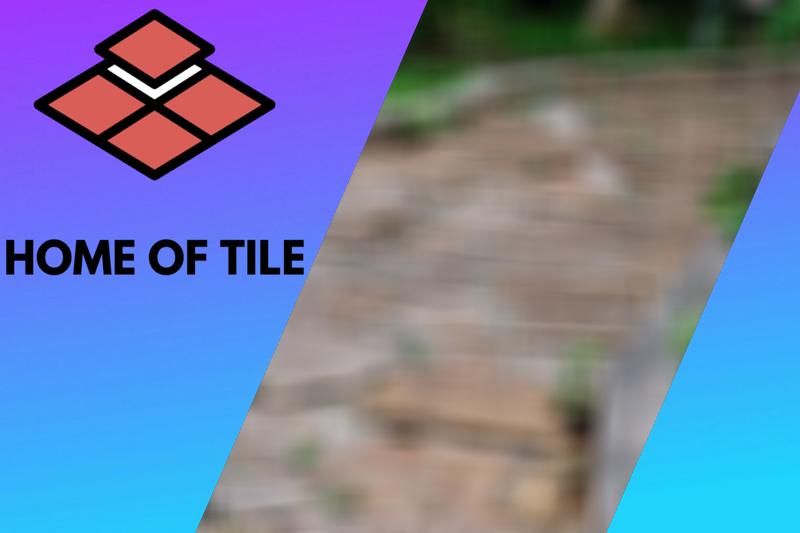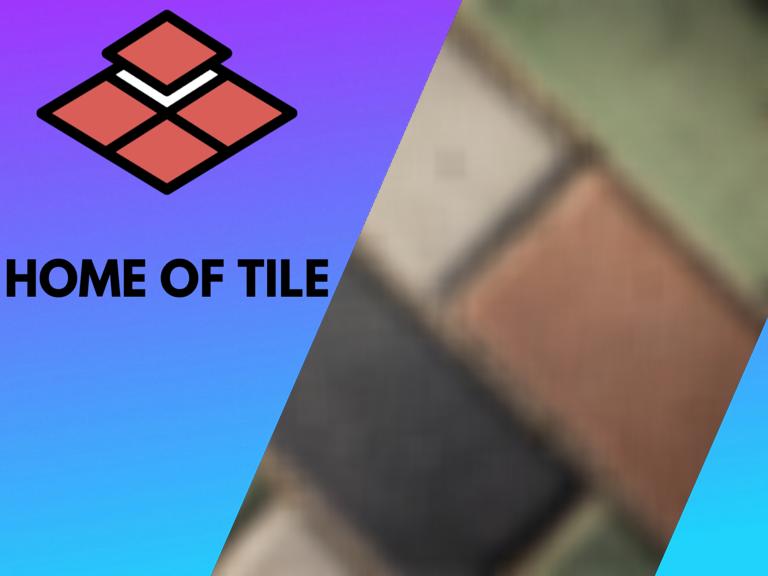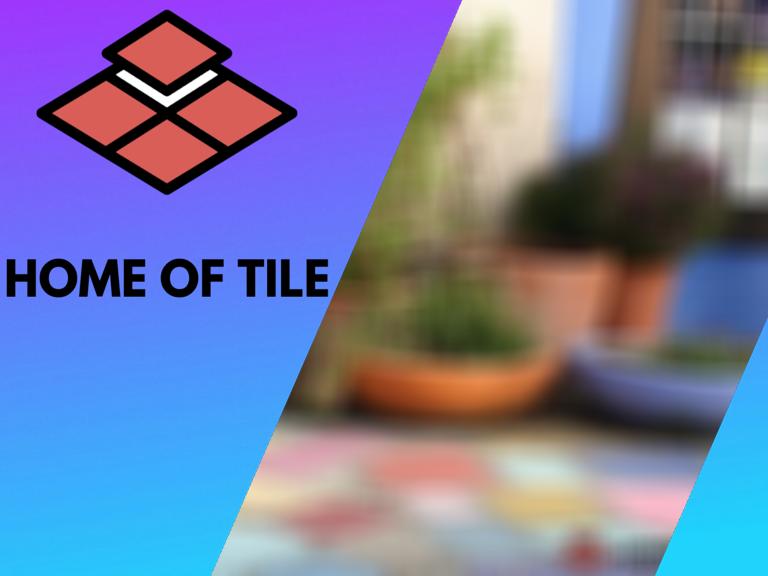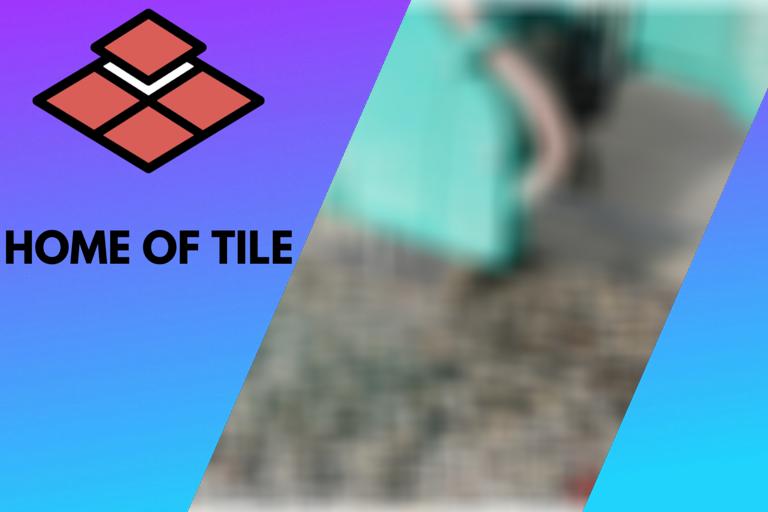Limestone Outdoor Tiles. 11 things you should know
Outdoor tiles made of limestone are a beautiful way to add a natural touch to your outdoor space. They are durable and long-lasting and can be used to create various designs.
Contents
Limestone Outdoor Tiles
Limestone garden tiles are a beautiful and natural way to add character and interest to your garden. They are made from natural limestone and have a rustic finish that gives your garden a unique look.
Limestone outdoor tiles are durable and long-lasting and can be used to create pathways, steps, and borders in your garden. They are also weather-resistant and can be used in most climates.
If you are looking for a unique and natural way to add interest to your garden, limestone outdoor tiles are perfect.

● Limestone Outdoor Tiles
Many different types of outdoor tiles can be used to enhance the appearance of your garden. One popular type of outdoor tile is limestone. Limestone is a type of sedimentary rock that is composed of calcite and other minerals. It is a popular choice for garden tiles because it is durable, weather-resistant, and attractive.
When it comes to installing limestone outdoor tiles directly on the soil, there are a few things that you will need to keep in mind:
- Prepare the ground: First, you will need to make sure that the ground is prepared properly, and the ground should be level and free of debris. You will need to ensure that the surface is stable and will not move when it is walked on.
- Add uniform sand: Then, evenly spread a layer of uniform sand over the area and use a rake to smooth it out.
- Compress: Compress the sand. You can use a machine for this. Check with a large level to ensure that the whole area is level.
- Add the tiles: Once the ground is prepared, you can begin installing the tiles. Start by placing the tiles in the center of the area you want to cover.
- Check with a level: Then, use a level to make sure that the tiles are evenly spaced and even. Once the tiles are in place, you can use a rubber mallet to tap them into place. Use caution when tapping the tiles, as they can break if they are hit too hard.
Limestone outdoor tiles are a great way to enhance the appearance of your garden. They are durable, weather-resistant, and attractive. They are also easy to install, making them a great option for DIYers.
● Limestone Outdoor Tiles: Landscaping Tiles
When it comes to landscaping tiles, limestone is a popular option. It is a natural stone that is quarried in many parts of the world. It comes in different colors, from light beige to shades of gray and even black.
One of the benefits of using limestone for landscaping is that it is durable and long-lasting. It is also relatively easy to maintain, as it doesn’t require sealing like other types of stone.
Another benefit of limestone is that it is a natural material so that it can add an earthy, rustic feel to your garden. It also has a slightly textured surface, which can help to keep your feet from slipping when it’s wet.
Limestone is an excellent option if you’re looking for a versatile and durable landscaping tile. It can be used for everything from walkways to garden paths to patio areas.
● Limestone Outdoor Tiles: Outdoor Flooring
Limestone outdoor tiles are a popular choice for outdoor flooring. They are durable, water-resistant, and easy to clean. They come in various colors and styles, making them versatile for any outdoor space.
Limestone is a natural stone that is quarried in a variety of colors and styles and is easy to clean. They are generally available in styles like a hexagon, square and rectangular, and the colors beige, brown, gray, and black. Some tiles are also available with a smooth or textured surface.
Is Limestone Tiles Expensive?
Limestone tiles are not expensive stones, but they can be more costly than some other types of tiles. The price of limestone tiles depends on the quality of the limestone and the different materials used in the tile.
● How Much Do Limestone Tiles Cost?
Limestone tiles are a popular flooring option, as they are durable and stylish. Prices for limestone tiles vary, depending on the type and quality of the limestone. However, on average, limestone tiles cost around $5 to $15 per square foot.
● What Are The Benefits Of Limestone Tiles?
There are many benefits of limestone tiles. Some of these benefits include:
- Durable and long-lasting, but not as hard as some other tiles.
- Easy to clean and maintain.
- Resistant to staining and fading.
- Different colors and styles.
- Natural products, and environmentally friendly.
- They add a touch of elegance and sophistication to any room.
- They are affordable and cost-effective.
- Will add value to your home.
- Versatile and can be used in residential and commercial settings.
● How To Care For Limestone Tiles?
Limestone tiles are a popular flooring choice, as they are both beautiful and durable. However, they require some care to maintain their appearance and integrity. Here are some tips for how to care for limestone tiles:
- Cleaning: Clean limestone tiles with a pH-neutral cleaner. Do not use acidic cleaners, as they can damage the tiles.
- Wipe up spills: Wipe up spills and dirt as soon as possible, as limestone is a porous material and can easily become stained.
- Rinse: Rinse the tiles with clean water to remove any residue after cleaning.
- Do not use a lot of water: Avoid using excessive amounts of water when cleaning, as this can cause the limestone to become saturated and damaged.
- Polish: Polish the tiles regularly with a limestone polishing product to keep them looking shiny and new.
Following these tips will help you keep your limestone tiles looking beautiful for many years to come.
Is Limestone More Expensive Than Tile?
There is no definitive answer to this question as it depends on several factors, such as the size of the area, the type of limestone and tile used, and the installation location. However, in general, limestone is more expensive than some other tiles.
Tile is a popular flooring choice because it is affordable, durable, and easy to clean. However, limestone has several advantages over tile. First, it is a natural stone, so it has a unique look that can add character to a room. Second, it is more durable than tile, making it a good choice for high-traffic areas. Third, it is easy to care for and does not require sealing as some tiles do.
That said, limestone is also more expensive than tile. So, it is important to weigh the pros and cons of each option before making a decision. If budget is a concern, tile may be a better option, but limestone is a good choice if you look for a high-quality, durable floor that will add character to your home.
● The Pros And Cons Of Limestone
Limestone is a sedimentary rock mainly composed of the mineral calcite, and it is formed by the gradual accumulation of shells, skeletons, and other marine organisms. Over time, this sedimentary rock is compacted and hardened into a mass called limestone.
There are several pros to using limestone. It is a durable and strong material that can withstand weathering and erosion. It is also a versatile material that can be used for various purposes, such as construction, agriculture, and manufacturing. Additionally, limestone is a renewable resource that can be easily quarried and mined.
There are also several cons to using limestone. It is more expensive than most tiles. It is a soft material that can be easily damaged. It can also be difficult to work with, and it can be expensive to transport. Additionally, limestone can release harmful pollutants into the air and water when mined and processed.








